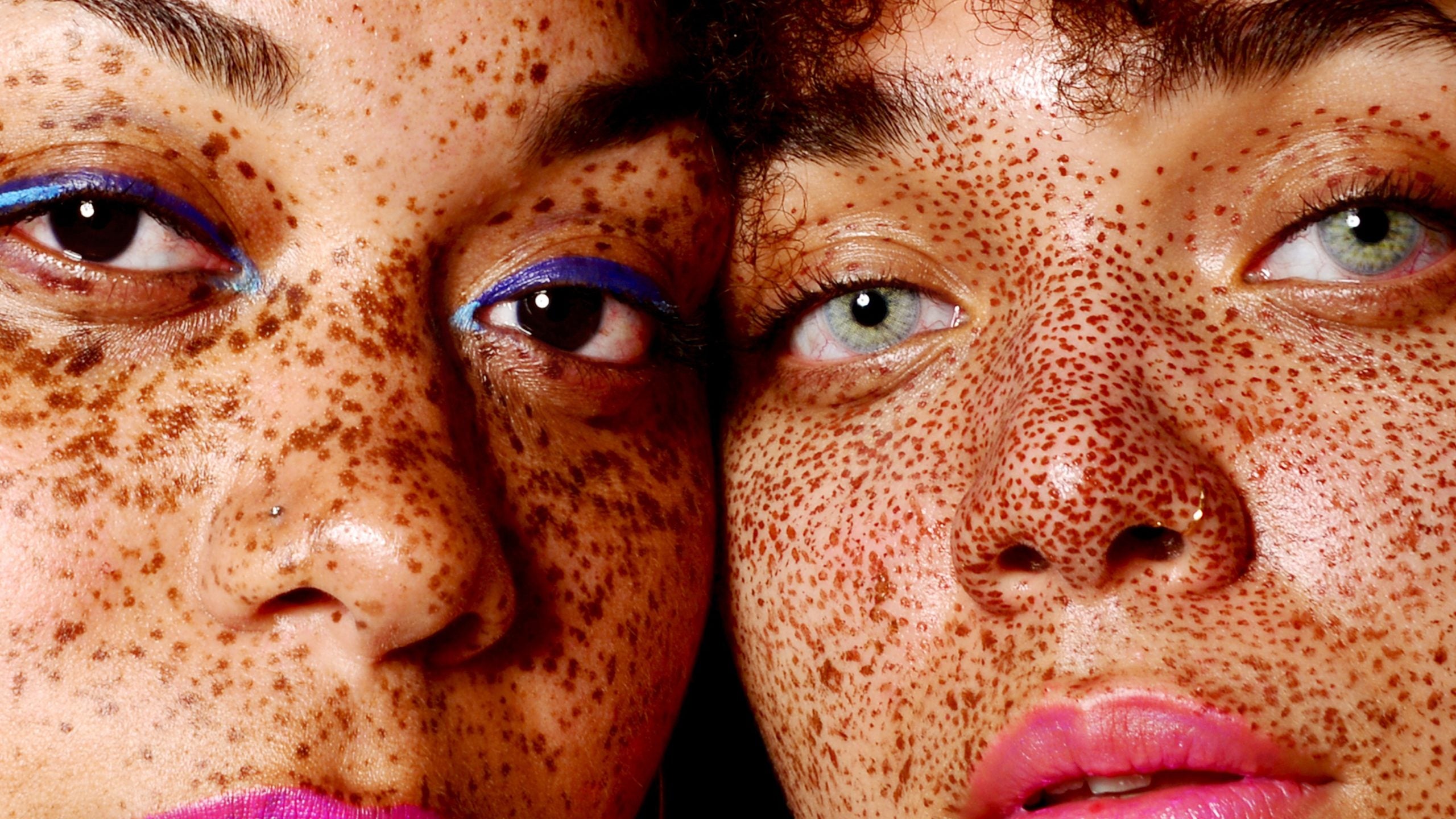Hyperpigmentation is a common condition that makes some areas of the skin darker than others Hyperpigmentation is defined as patches of skin that are darker than the surrounding skin Extra melanin creates spots or patches that look brown, black, gray, red or pink.
🎯 What is Hyperpigmentation? - BiosenseClinic.ca ✨
Hyperpigmentation occurs when skin cells produce too much melanin, the protein pigment that colors our skin and hair While hyperpigmentation affects people of all skin. This may occur due to hereditary factors, medical.
📚 You Might Also Like 📚
1. Learn about types of hyperpigmentation, causes, and how to treat it 🎨
There are several types of hyperpigmentation, the common ones being melasma, sunspots, and post. Hyperpigmentation refers to an excess of pigmentation that can develop in the outermost layer of skin (the epidermis) and the layer below (the dermis) Hyperpigmentation occurs when darker patches appear on the skin Causes include age spots, melasma, and skin inflammation
Learn about why it happens and how to reduce it. Hyperpigmentation develops when your skin produces too much melanin, the substance that gives your skin its color Areas of pigmentation can develop after injuries, too. Hyperpigmentation is a common, often harmless skin condition caused by an increase in melanin, the substance that is responsible for color (pigment)

2. Hyperpigmentation is a general term that describes different types of skin discoloration 🎨
This happens when the cells that give your skin its color are triggered to start. Hyperpigmentation occurs when excess melanin, the pigment responsible for skin color, is produced in certain areas of the skin This overproduction can lead to dark spots,. Hyperpigmentation describes areas of uneven skin tones caused by excess melanin production (the pigment responsible for your skin's color)




